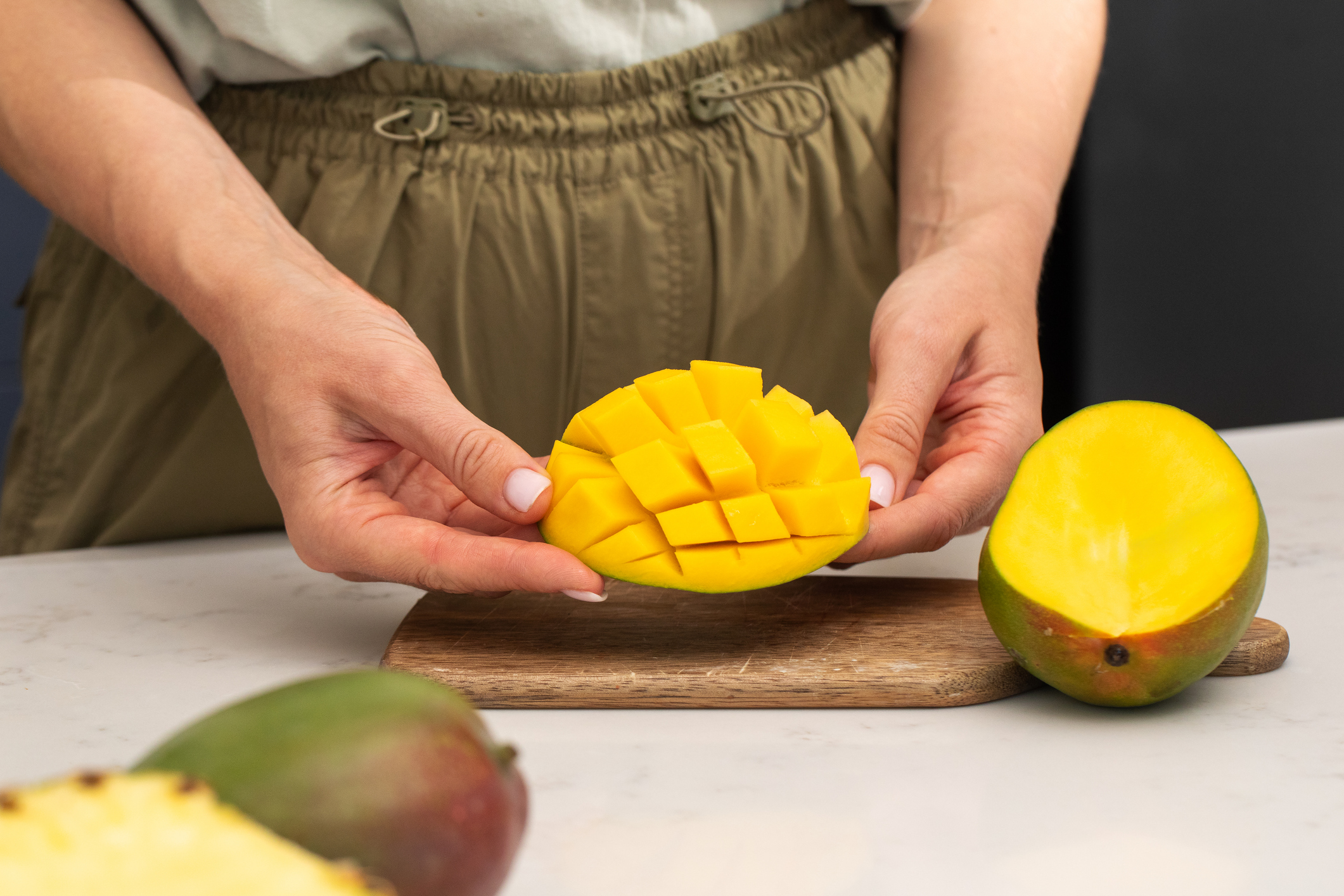Mangos in Hawaii
From May to October a fruit frenzy takes over the islands of Hawaii. This period, known as the mango season in Hawaii is popularly known for its mango-bursting farmer’s markets and backyard trees.
Of course, mangos aren’t native to Hawaii originally. It is suspected that the fruit came to Hawaii first in 1824 by Captain Meek from Manila. Today, the islands flourish with over 500 mango varieties, with Haden, Rapoza, and Pirie being the most widespread.
As with most mango-native countries, Hawaiians share a genuine love and appreciation for the tropical fruit. Most natives grow up with a mango tree in the backyard and reminisce on childhood memories of eating the fresh fruit in the palms of their hands. Mangos bring a sweet touch to life in Hawaii, bringing smiles to homes and an appreciation for the Hawaiian flora.
Hawaiians assure that the best place to find fresh mangos is at the local farmer’s markets. Shoppers rise early to get their first pick of the selection of fresh fruit, vegetables and flowers. While many eat the fruit fresh, mangos are also used in several Hawaiian recipes including sauces, salsa, cheesecake, ice cream and pickles. Similarly, chefs in Hawaii are known for utilizing mangos while in season to create seasonal menus and new dishes.
The mango love also influences the culture and gatherings of many, birthing numerous festivals including Mangoes at the Moana, Mango Jam Honolulu, and Annual Mango Festival at the Sheraton Kona Resort and Spa, and Waipa Music and Mango Festival. These festivals, spread throughout the islands, illustrate the organic love Hawaiians share for this delicious fruit.
Check out a Hawaiian favorite: pickled mango, in Foodland Hawaii’s video.

